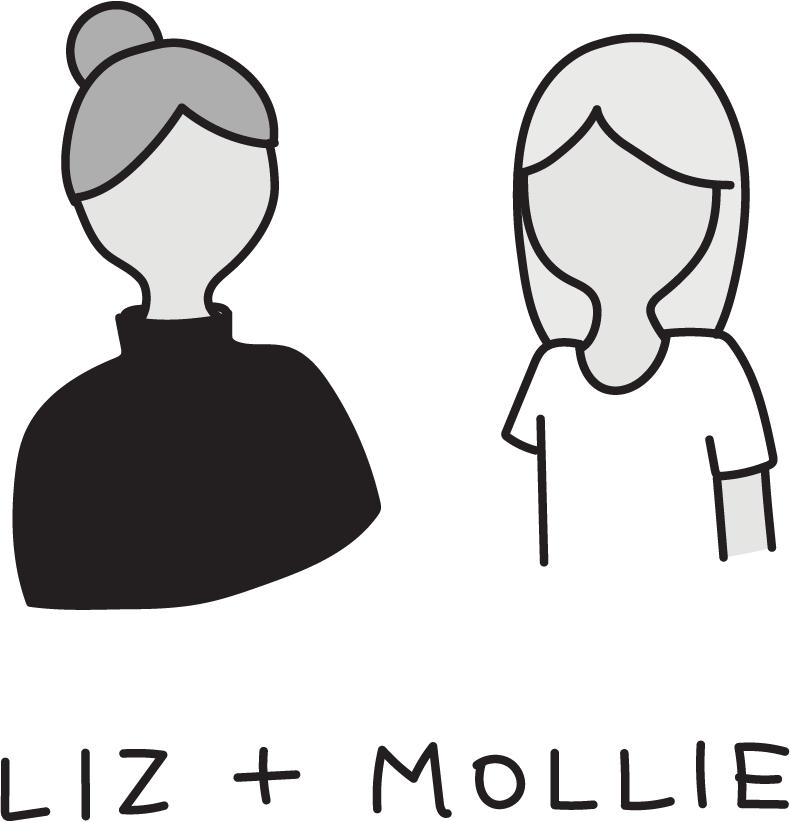In a previous Behind the Book post, we talked about writing our book proposal. Once our agent, Lisa DiMona, was satisfied with what we put together, she sent the proposal to business book editors and then scheduled in-person meetings with those who were interested in working on the book. Liz flew from Berkeley to New York (where all but one of the publishers were based) for “meetings week.”
Ahead of these meetings, Lisa gave us a list of questions publishers might ask: Who do you think is your main audience for the book? If you’re aiming for a millennial audience, what is the irresistible promise for that reader? Are you suggesting that we change when and how we have emotions at work-- or just suggesting that we change how we talk about them? When you say, “embracing emotions at work,” are you suggesting that it’s okay for people to get angry and yell at others? What marketing ideas do you have for promoting the book?
We met with seven publishers in three days (phew!) and most went like this: we met with the editor who would work on our book and sometimes with the head of the imprint, an editorial assistant, or a marketing staff member. We’d give a broad overview of the book and then we’d ask each other questions (the questions we got were similar to the ones Lisa asked us to prepare for).
We asked two questions at each meeting. The first: “Based on what you’ve seen in our proposal and sample chapter, what is your vision for our book?” Some editors wanted us to write a more traditional business book and dial up the fact that we did extensive research. Others wanted the book to be more "giftable,” with a focus on the illustrations. Leah Trouwborst at Portfolio | Penguin was the only editor who understood that our book was well-researched and substantive, but also needed to be beautifully designed. We envisioned an illustrated cover, illustrated endpaper (the inside cover of a book), non-standard book dimensions (to make the book look and feel different than the standard 6x9 inch business book), two-page illustrated spreads, and two-color interior drawings (all of which we will have in the book!). Pro-tip: if you’re writing a book and meeting with editors, write down all the suggestions they provide. It’s free advice!
Pro-tip: if you’re writing a book and meeting with editors, write down all the suggestions they provide. It’s free advice!
Our second question was: “How do you work with authors through the editing process, and how often do you meet with them?” Leah made it clear she would be heavily involved, which, as first-time authors, we wanted. She said she’d be happy to have a standing bi-monthly call with us (which was generous), and that she’d be willing to read and edit each chapter as we finished it.
After publishers meet with authors, they decide whether or not they want to bid on the book. If more than 2-3 houses want to bid, the authors’ agent can set up an auction. Agents decide which type of auction to use for the bidding process. The most common are “best bids” and “round robins” (more information about auction types here).
In a best bid auction, the agent gives the publishers a day and time by which they must make their offers. The publishers don’t have to worry about the price being driven up by competing bids-- but they also only have one opportunity to bid, so they have to think carefully about how much other publishing houses might offer.
In a round robin auction, the agent also sets a deadline for offers, but as soon as the initial offers are in, the lowest bidder has a chance to outbid the highest bidder. If they choose not to do this, they automatically are out of the running. Next, the second lowest bidder has the chance to outbid. This continues until only one publisher remains. In a round robin auction, publishers tend to make lower initial offers with the understanding that their final offer might be much higher.
Lisa decided on a best bid auction. At the end of our week of meetings with publishers, Lisa asked each publishing house to submit their offers by the following Tuesday. We had four offers came in over the course of two days. It was an emotional experience, waiting for all the offers to come in. Each time we got a “yes” offer we got excited, and each time we got a “no” response we were bummed. It’s hard not to take rejection personally, or take it as a sign that no one will want to read your book. But it was helpful to have each other to lean on and In the end we chose Portfolio | Penguin, and have been so happy with our collaboration!
